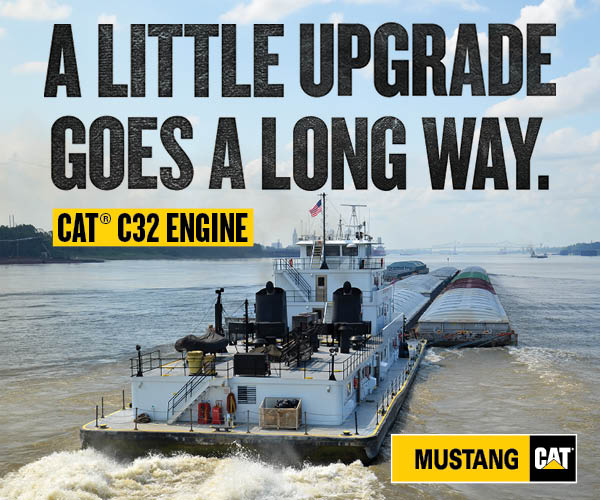Promise And Limits Of Artificial Intelligence
This issue features a report of a talk by Susan Olson, founder of Action Intel, to members of Women in Maritime Operations (WIMOS) in Paducah, highlighting the potential of artificial intelligence for maritime applications. Olson guided her audience through exercises and focused AI-powered searches.
A few short years ago, there was a hype explosion about the potential of 3D printing. The technology caught people’s imaginations, and stories speculated about 3D printing transforming manufacturing by printing large pieces of equipment and even houses. After reality — especially the reality of costs vs. benefits — caught up with speculation, 3D printing settled into more focused niches for specific applications. The Corps of Engineers uses 3D printing to make certain replacement parts for lock and dam machinery no longer produced by companies, some of which have gone out of business. 3D printing has grown from a $5 billion market in 2015 to about $20 billion by 2024, a fourfold increase. That’s a major market, to be sure, but hardly the society-transforming wizard imagined by early promoters. Not yet, anyway.
Is the AI boom different? The rollout of so-called large-language models (LLMs) like Chat GPT, Grok and Claude has driven trillions of dollars in investments. As companies of all sorts struggle to integrate AI into their workflows, however, reality is again setting in. A recent piece in Forbes noted that 62 percent of employees believe AI is overhyped. Employees are often not given the right kind of guidance, leading to unauthorized use of AI — or, to put it bluntly, cheating. Stories have emerged of chatbots providing false information, telling searchers what they want to hear or even fabricating events that never happened. There’s no doubt that along with its promise, AI brings a new level of threats as well.
AI is a tool — an immensely powerful tool — and one that requires a certain level of knowledge, training and expertise to use profitably. In the maritime and inland waterways sectors, there may be a lot AI can do. Only time will tell if it can usher in the futuristic world many believe it can, but a first step is gaining comfort and knowledge of what exists today. If we don’t, we risk falling behind. How AI is used by the operators and suppliers within our audience will surely be an interesting story to cover. Stay tuned!



